- May 21, 2025
- Awards
Kimley-Horn Honored with Six 2025 ACEC Engineering Excellence Awards
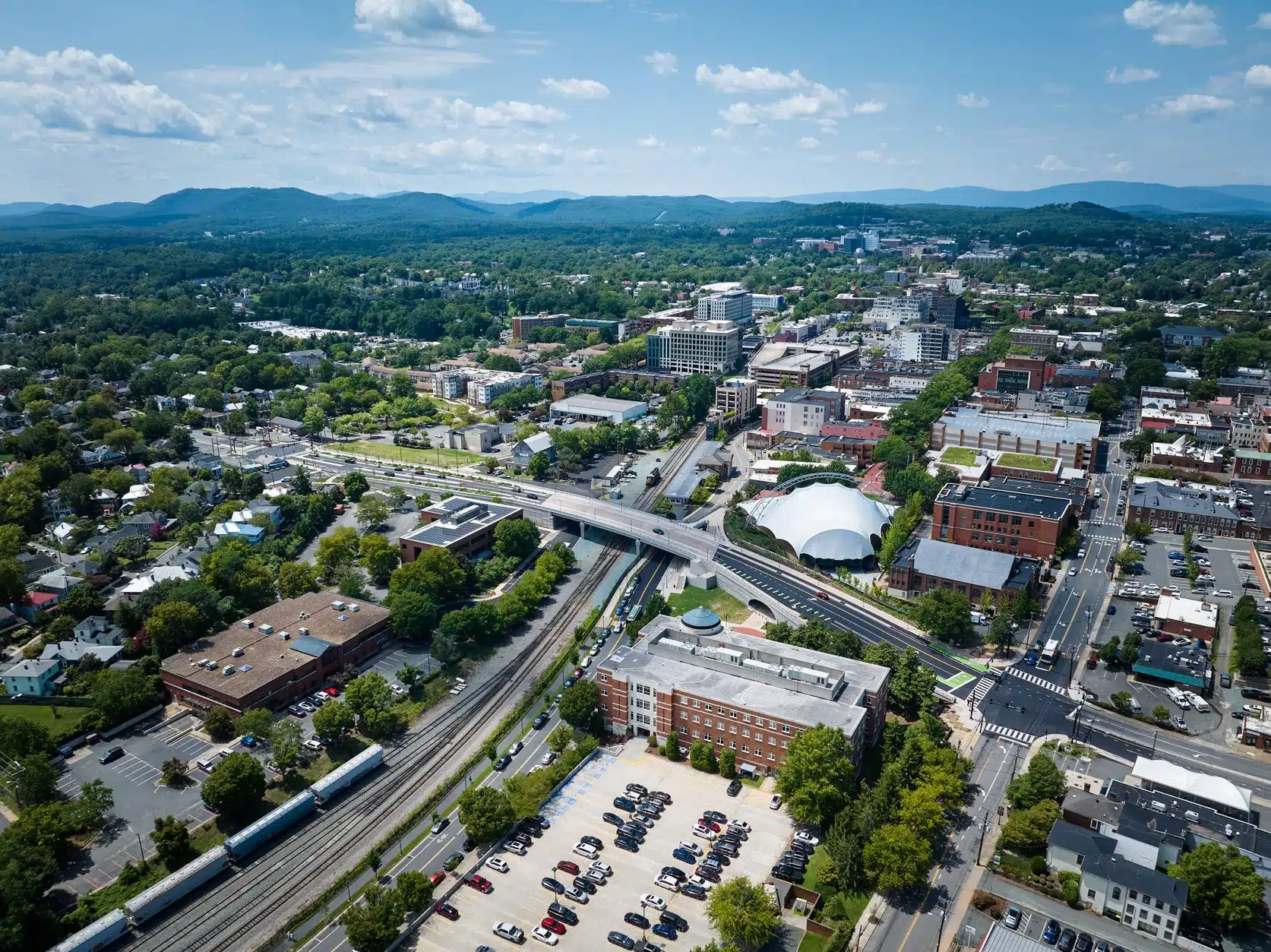
In 2025, Kimley-Horn received six national awards through the American Council of Engineering Companies (ACEC)—a widely-known industry organization that supports, educates, and advocates for engineering and design companies and their people. Every year, ACEC’s Engineering Excellence Awards competition identifies an array of projects worthy of national recognition for their creativity, impact, and unique solutions.
2025 ACEC National Recognition Awards
MEMPHIS, TENNESSEE
Activating Memphis Early-Stage Investment
Activating Memphis was started to enhance living conditions, rejuvenate community hubs through landscape and streetscape improvements, improve connectivity, and provide long-term solutions for persistent infrastructure problems. This initiative is more than an infrastructure project—it is a critical effort to spur community development.
In collaboration with Memphis and Shelby County Division of Planning and Development, Kimley-Horn was tasked with 22 early-stage investment projects, which prioritized anchor intersections spread throughout the city. We provided a range of services, including surveying, initial planning, community and stakeholder engagement, streetscape design, roadway improvements, sustainable infrastructure integration, traffic signal system enhancement, and construction oversight.
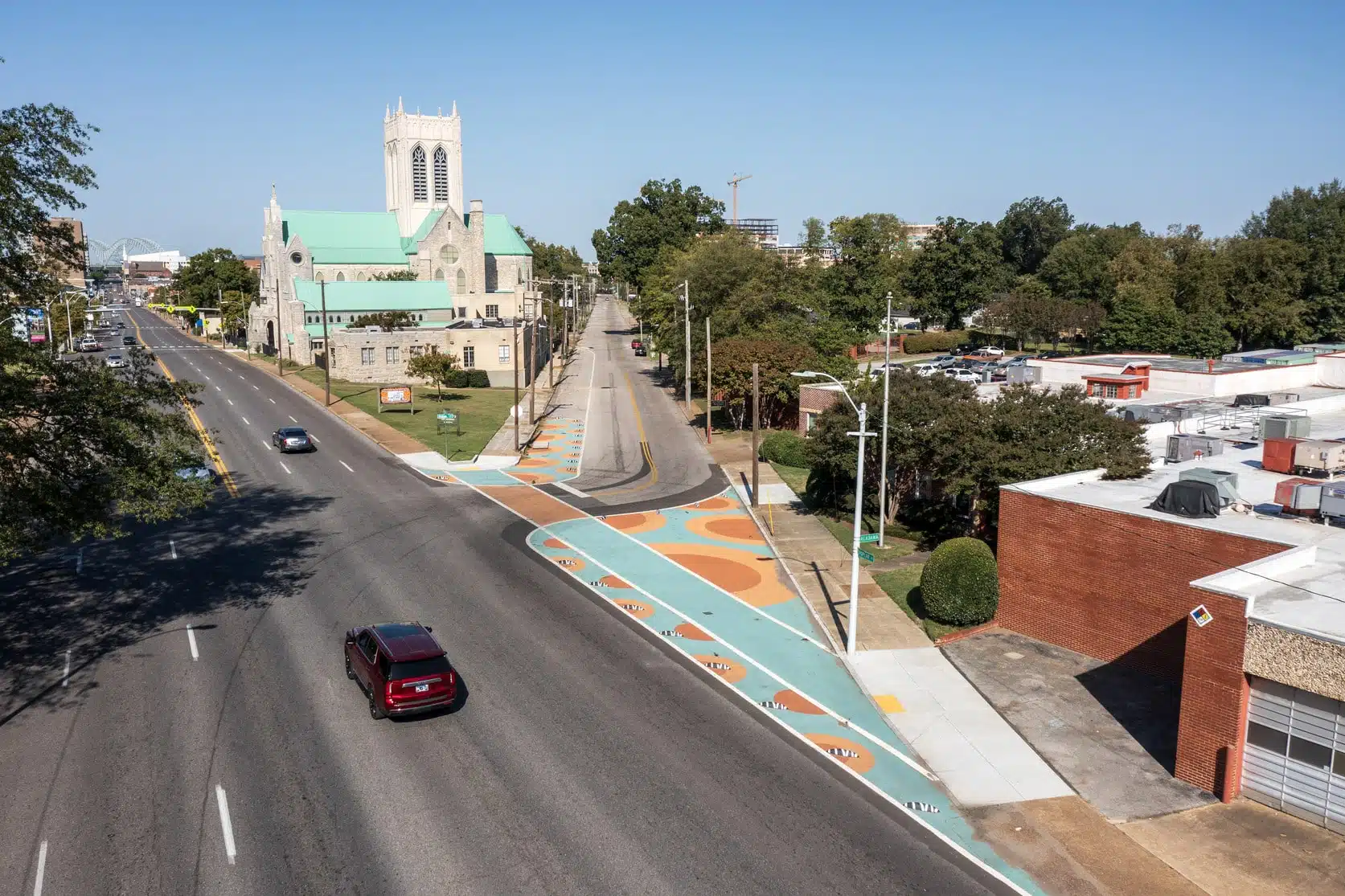
CHARLOTTESVILLE, VIRGINIA
Belmont Bridge
Kimley-Horn provided design and engineering services to the City of Charlottesville for an urban design plan to replace the Belmont Bridge and its approaches. The project addressed a series of challenges—a bridge in need of replacement, limited corridor rights-of-way, aspirations for a more complete street, and opportunities for enhanced placemaking—all in a heavily traveled corridor leading into the historic downtown area.
Through our transparent engagement process, Kimley-Horn built positive relationships with the City, the public, and other stakeholders, and their input influenced the final design. One of the most complex urban infrastructure projects the City of Charlottesville has delivered, the bridge includes 40 feet of bike and pedestrian width compared to 22 feet of vehicle lanes—all while preserving the city’s famous mountain views. Ultimately, the new Belmont Bridge provides safe pedestrian connections, supports Charlottesville’s carbon reduction goal, and sets a precedent for future large infrastructure projects.
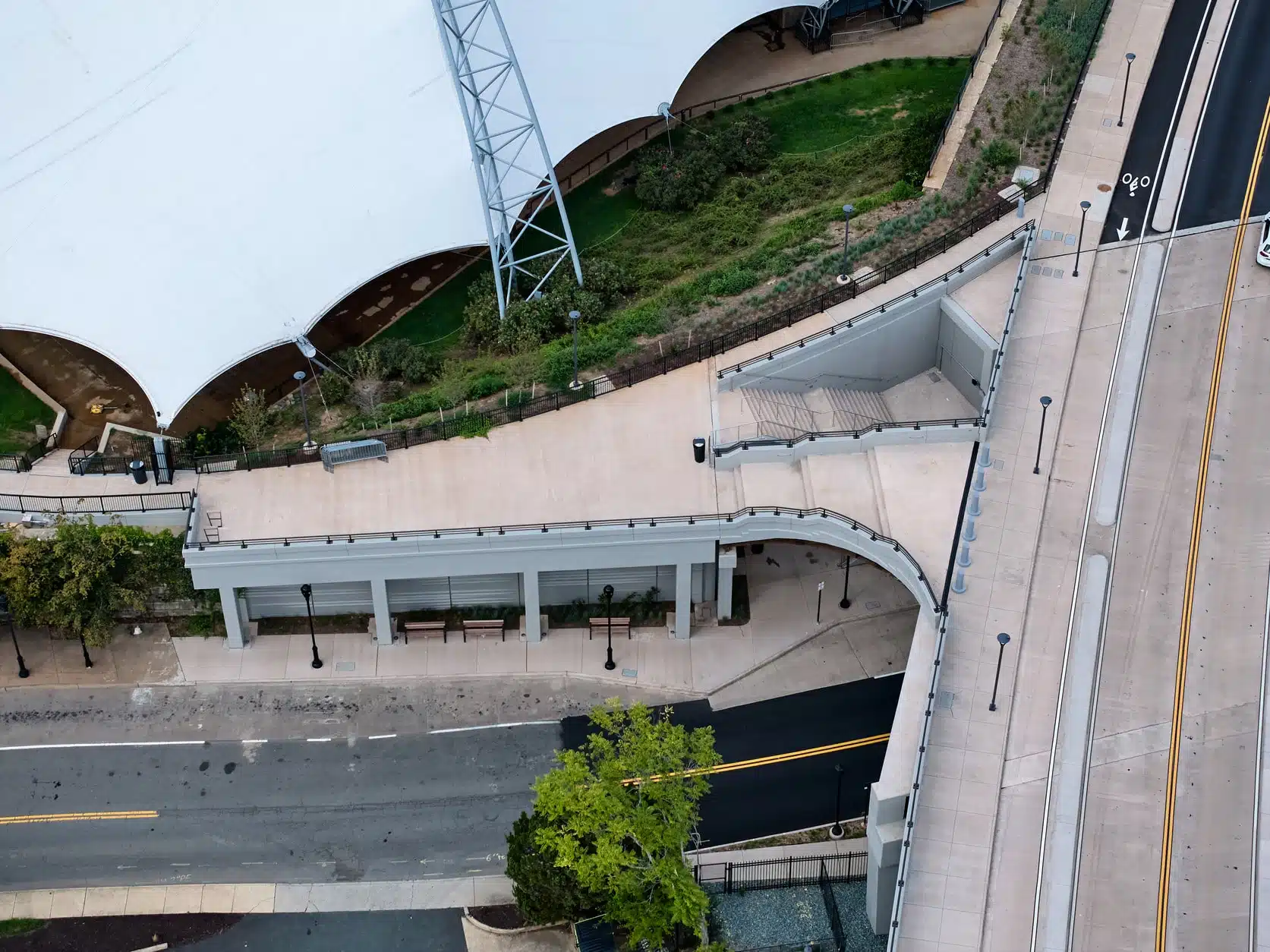
INDIANAPOLIS, INDIANA
Indianapolis International Airport, Runway 5R-23L and Taxiway D
The Runway 5R-23L and Taxiway D Strengthening and Capacity Enhancement project was a multi-year design and construction project to recreate Indianapolis International Airport’s 10,000-foot-long southern primary runway and parallel taxiway system. This project included the full-depth reconstruction of more than 450,000 square yards of concrete paving, a water line for aircraft rescue and firefighting, and new navigational aids. Circle City Aviation Partners, a joint venture between Kimley-Horn and Woolpert, Inc., was the prime consultant and served as project manager, lead engineer of record for design, and construction phase services lead.
The project became the first US airfield pavement to use in-situ carbon dioxide mineralization in the concrete mix design and trapezoidal grooving for operational safety. The runway redesign also diverted more than 690,000 tons of waste from landfills; used more than 10 million gallons of non-potable, recycled water; installed LED lighting and signage to reduce operational energy consumption; and recycled 247,000 cubic yards of pavement. The $251.7M runway reconstruction earned Platinum verification from the Institute for Sustainable Infrastructure, the first in the US for an airport airfield project.
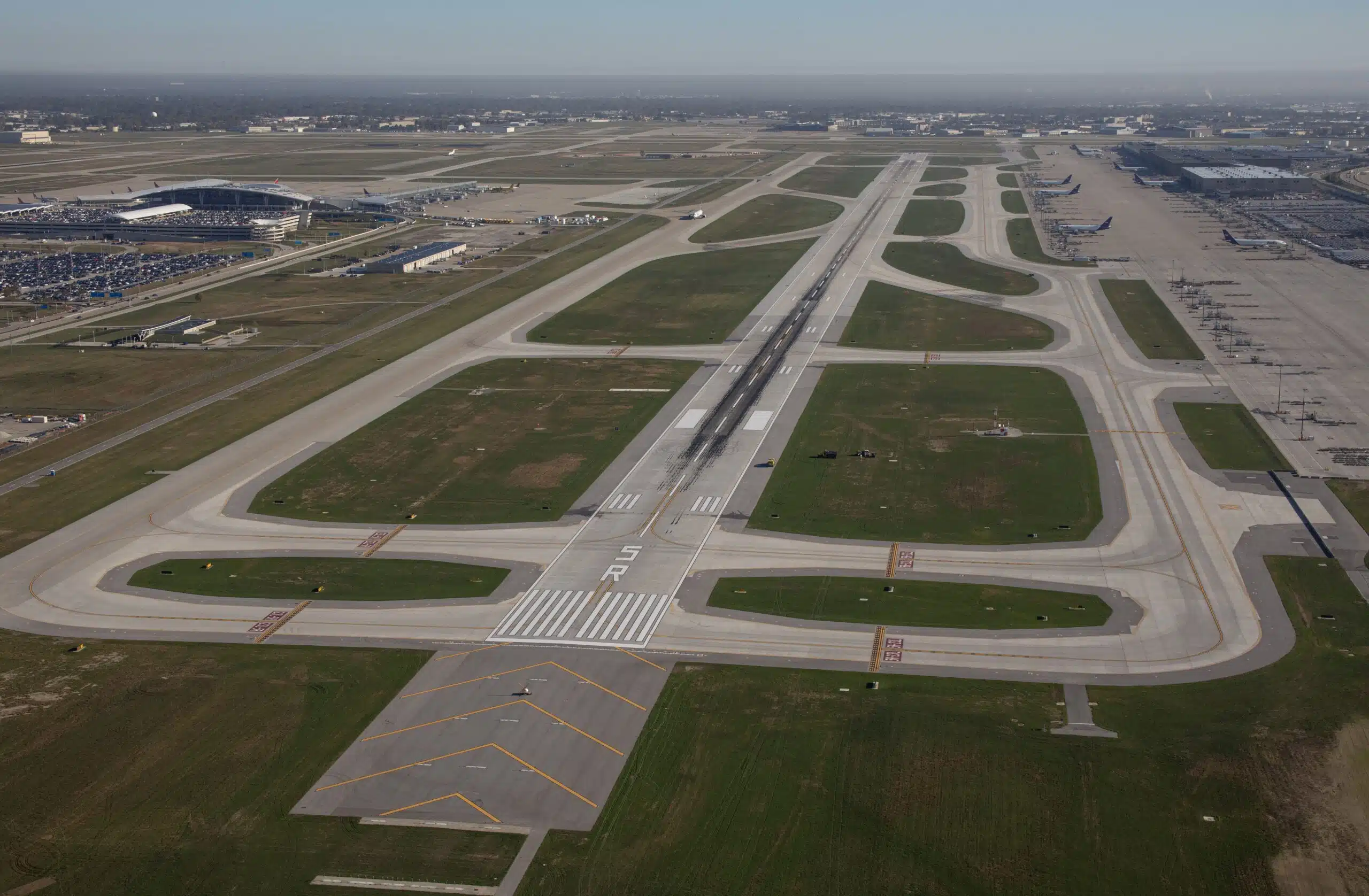
WEATHERFORD, TEXAS
Northwest Downtown Street Rehabilitation
The Northwest Downtown Street Rehabilitation project revitalized Dallas Avenue, York Avenue, and Spring Street, addressing deteriorated roadways, water and sewer systems, and sidewalks. The Kimley-Horn team emphasized sustainability and community by incorporating thoughtful placemaking design choices, including native landscaping, ADA-compliant paths, water and electric service pedestals, proper drainage, additional parking, and safety features like decorative streetlights and bollards.
Completed under budget and ahead of schedule, the street rehabilitation supported local businesses during construction and greatly enhanced community gatherings—such as the annual Peach Festival—while maintaining the historical downtown area.
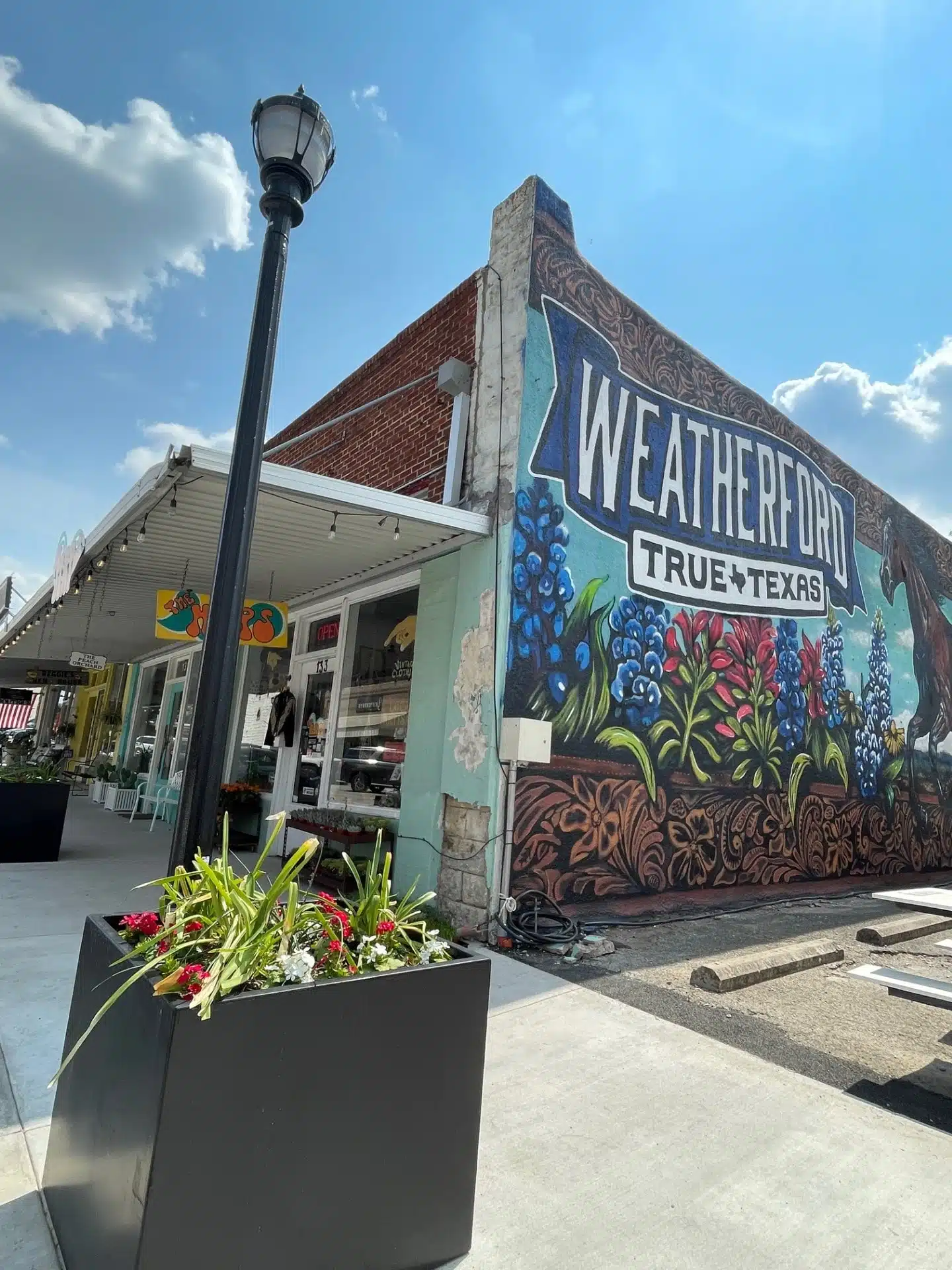
VIRGINIA BEACH, VIRGINIA
Resort Area Mobility Plan
The Resort Area Mobility Plan (RAMP) was developed by Kimley-Horn in collaboration with the City of Virginia Beach to optimize traffic flow and balance different modes of transportation. We coordinated with multiple city departments, used creative methods to collect data, and featured pilot projects to demonstrate recommendations to stakeholders—ultimately supporting more than 30 public meetings, workshops, and presentations.
The RAMP includes strategies for traffic calming, improved pedestrian safety, expanded bicycle networks, shared mobility devices, curbside management, vehicular circulation, transit, microtransit, and parking. It also includes four travel mode-specific network plans, six corridor improvement plans, and 15 intersection improvement projects to support mobility enhancements.
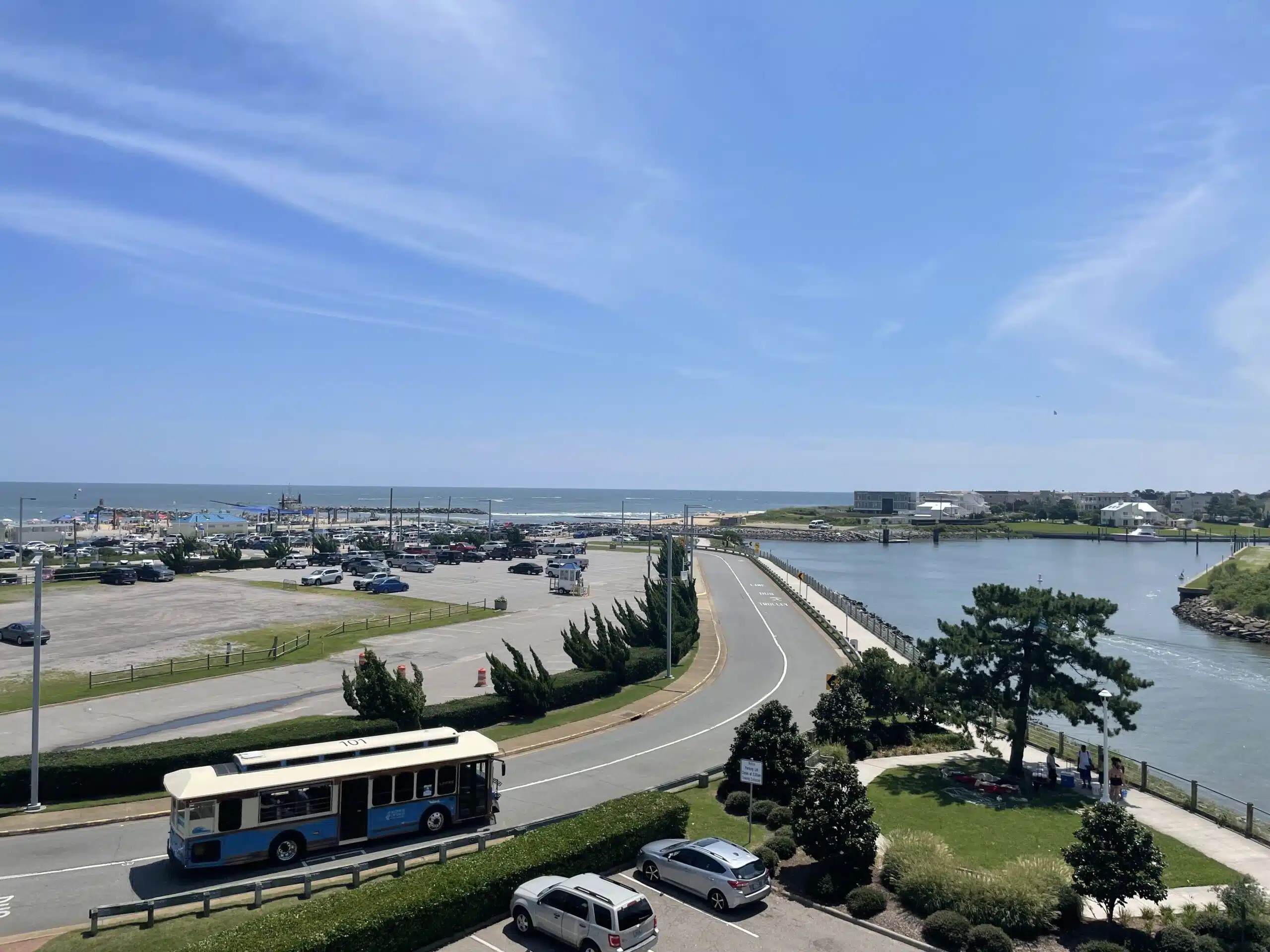
TONTO BASIN, ARIZONA
Tonto Creek Bridge
Before construction of the Tonto Creek Bridge, area residents were cut off from food, medical supplies, emergency service, work, and school for up to three months each year when the creek flooded. Tragically, many lives were lost as people attempted to cross the swollen creek. Gila County partnered with Kimley-Horn to pursue federal grant funding through several different programs, including TIGER and BUILD grants, and persistently submitted on these federal grants every year between 2011 and 2020.
Because of the team’s consistent efforts to maintain environmental commitments, a BUILD Grant was awarded in 2020. Project challenges included massive earthwork operations, unique soil characteristics and mudstone mitigation, utility relocations, sensitive riparian habitat protections, and extensive coordination with multiple stakeholders. Ultimately, the County and Kimley-Horn coordinated successfully with residents, businesses, and state and federal representatives to create this lifesaving, landmark bridge.

Share This Post
Related Articles
Interested in connecting with Kimley-Horn about a potential project need outside of the United States?
Provide us a little information below and someone from our team will be in touch.
